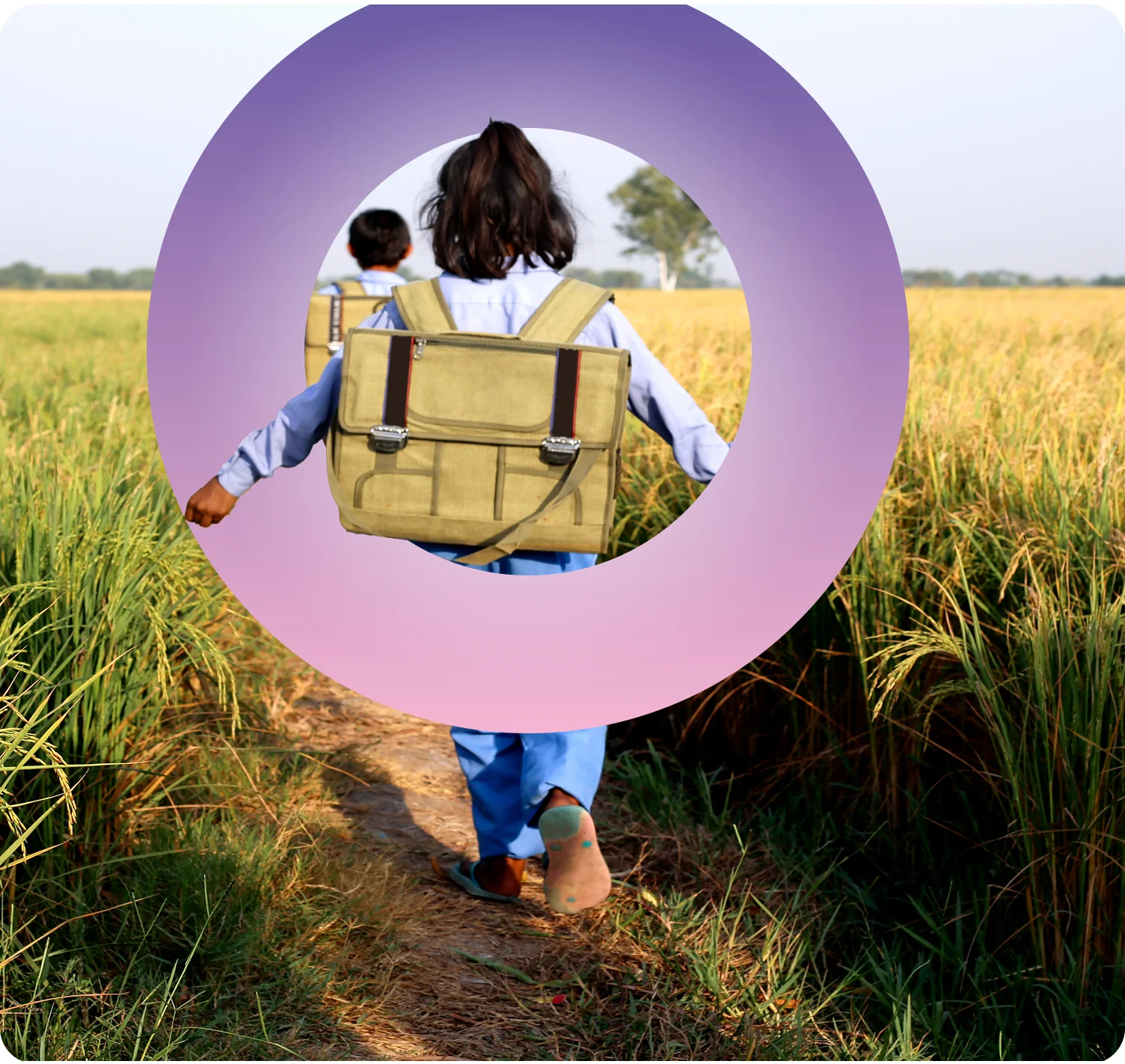Market-based initiatives to combat child labour include:
1
Defining child labour
Establishing clear guidelines to differentiate harmful work from acceptable activities.
2
Monitoring and enforcement
Regularly inspecting supply chains to ensure compliance with child labour laws.
3
Community awareness
Educating families and communities on the importance of education and the detrimental effects of child labour.
4
Improving access to education
Promoting policies that provide affordable education and address poverty.
5
Social integration
Tackling underlying issues, such as poverty and inequality, to reduce the root causes of child labour.
